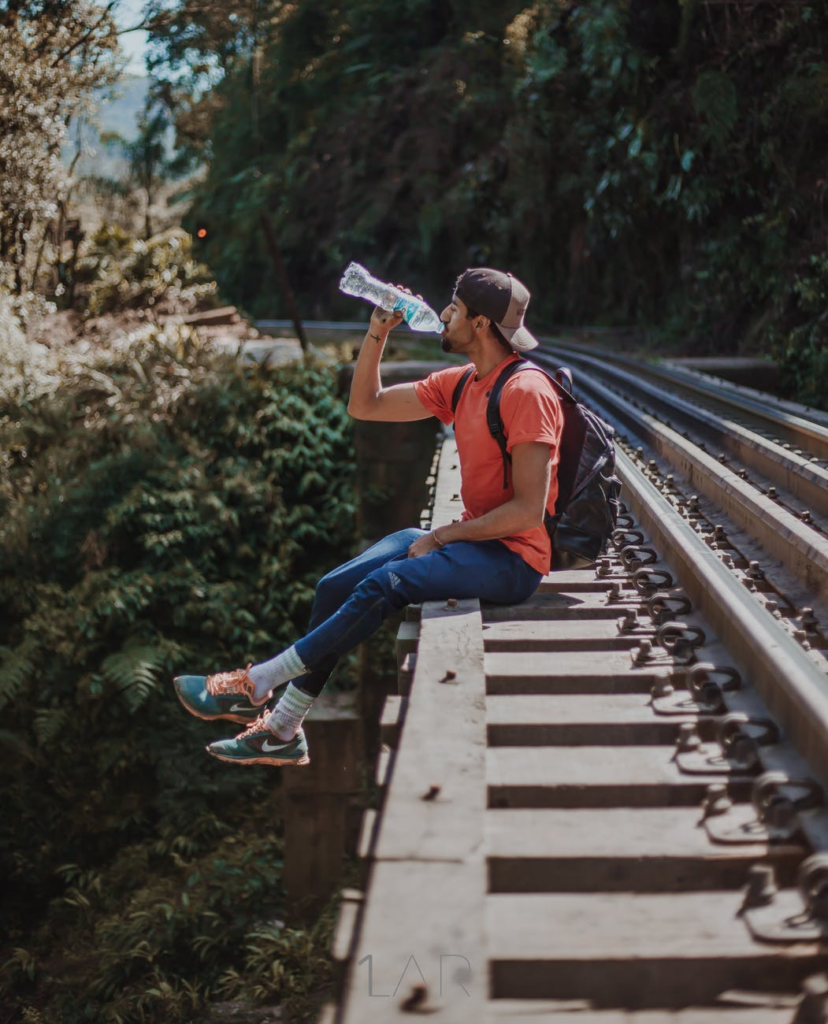We use more and more plastic. Back in the days, we could live without, but now plastic is an integral part of our daily life. Think of drinking bottles, packaging of food, cans, containers, detergent and shampoo bottles, toys, electronics, medical equipment, ink, thermal paper (receipts) and so on. We are all aware that plastic is bad for the environment. But what about our plastic consumption and its influence on our body and mind?
Bisphenol A (BPA)
A widely used chemical substance is Bisphenol A (BPA), which is a plasticizer that is used since the 50’s to make plastic elastic. BPA is one of the most produced chemicals in the world, with a yearly production of more than 2,2 million tons (in 2009, source). BPA can “leak” out of plastic to everything that it touches, such as food. If you take in BPA in large amounts, it can have an endocrine disruptive effect and can even cause fertility problems.
How harmful is it?
By using above named products, you are exposed to low amounts of BPA. This exposure lies, generally speaking, below the European standards, so no harmful effects are expected. But in at risk groups, such as babies, children, pregnant women or employees that work a lot with for example receipts, this exposure can be above these standards. In 2015 the European standards for safe exposure to BPA are sharpened, but the RIVM (Rijksinstituut voor Volksgezondheid en Milieu) recommends to reconsider the current norms. They also advise to reduce the exposure to BPA where possible. You can find the possible health risks here. Luckily there are lots of BPA free plastics. Nevertheless it can help to go through the plastics in your home and find out which ones contain BPA, and to throw away old and damaged plastics if possible.
How do you recognise BPA?
In tempered or hardened plastic, you can often see if it contains BPA. Take a look at the bottom of a plastic container. If you see the number 3 (V/PVC) it contains BPA. If it says 7 (OTHER), it might contain BPA. Not all plastic in categorie 7 contains it. Below you will find an overview of all plastic categories and the usage advise. Red = avoid, orange = avoid if possible, green = relatively safe. You can find an extensive explanation of this overview here. Not all plastics contain this code, be careful with plastics who lack them.

What can you do?
Living BPA-free is impossible. Being consciously aware of the amounts of plastic you consume, can help you a lot. Not only physically, but it can also give you a good feeling because you take care of yourself with attention but also contribute to the decrease of the plastic pollution. Here are some tips:
- You can take in BPA via plastic bottles. Especially if a bottle warms up in the sun or when reusing it, more BPA is released. Choose BPA-free, glass or stainless steel drinking bottles. Don’t use a plastic bottle more than once!
- Eat and drink as less as possible from a can. The concentration BPA in cans and food cans is relatively high.
- Buy as many fresh and unpackaged foods, preferably biological. These do not contain residues of plastic or pesticides. And be careful: on many food packaged the information about the type of plastic is missing.
- By eating a varied diet you almost know for sure you do not eat large amounts of BPA.
- Use glass containers to store your food in.
- Do not heat food in plastic containers in the microwave. By heating the plastic more BPA is released into the food.
- Ventilate your house properly and choose detergents with an Eco quality mark.
- Wash your hands after you have held a receipt, parking ticket or newspaper. These often contain BPA.
Note to self
Don’t let this get an obsession, but be aware of you consumption behaviour and those influence on your body and mind. You can reduce your plastic consumption but living BPA-free is so to say impossible!
What you do makes a difference











